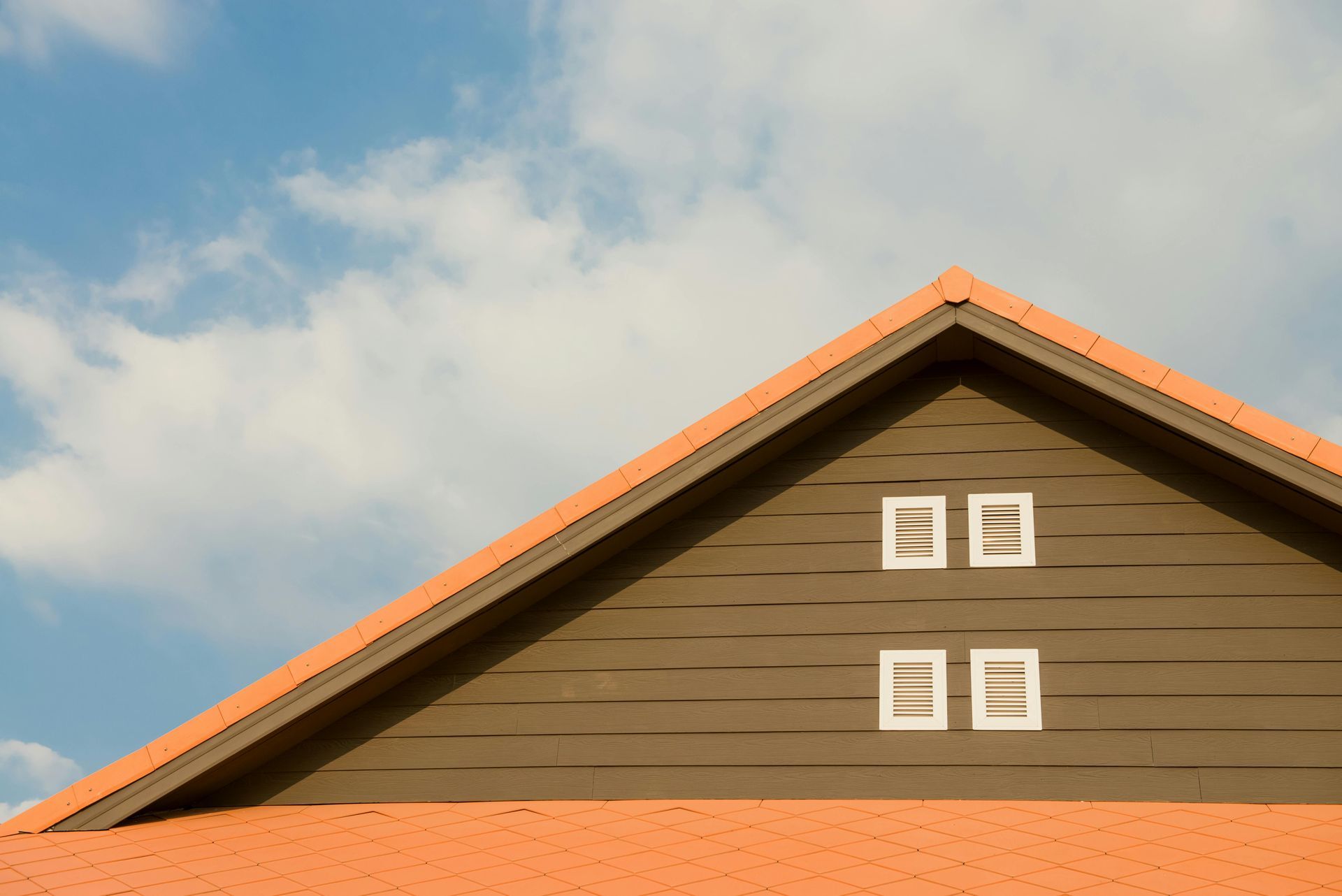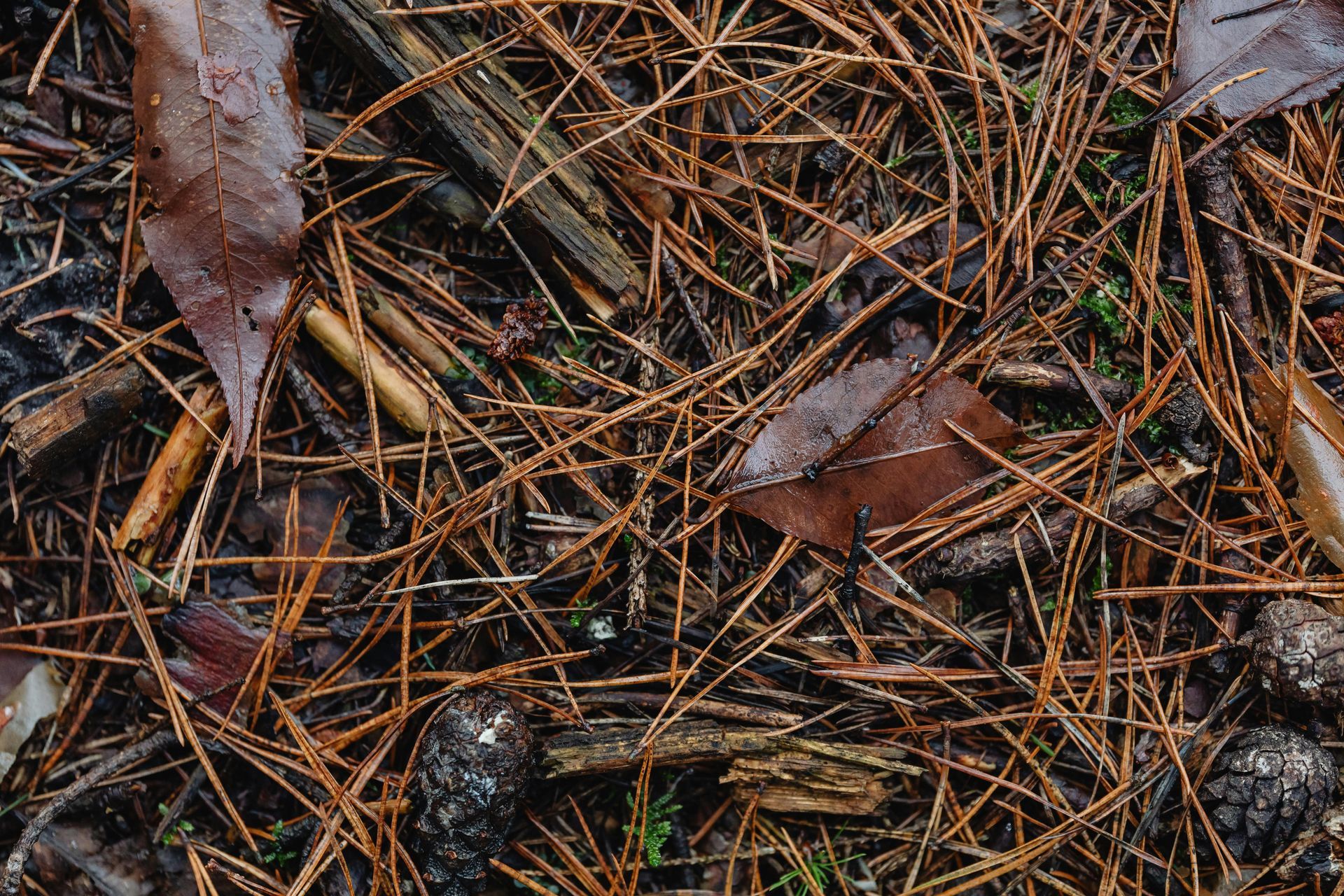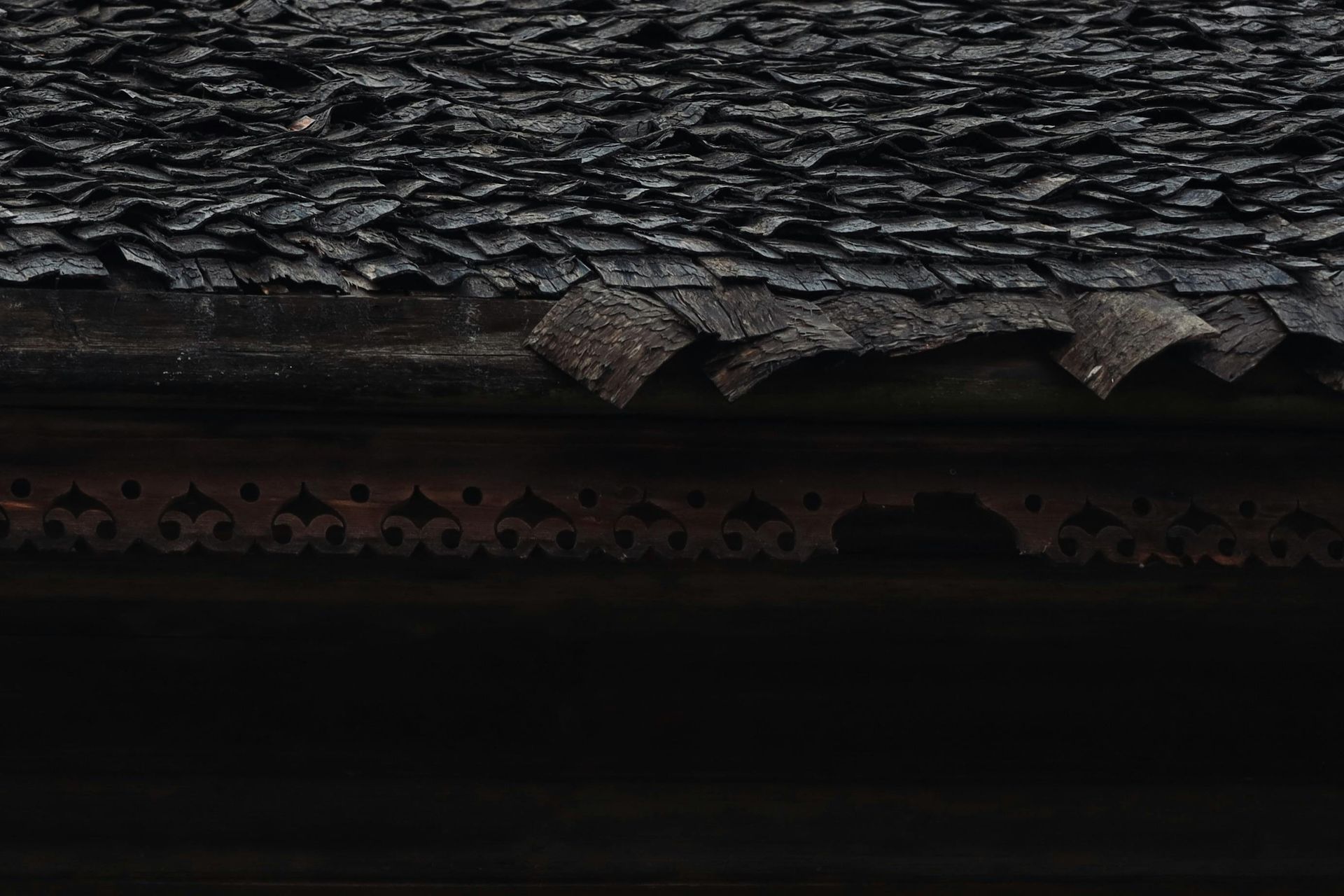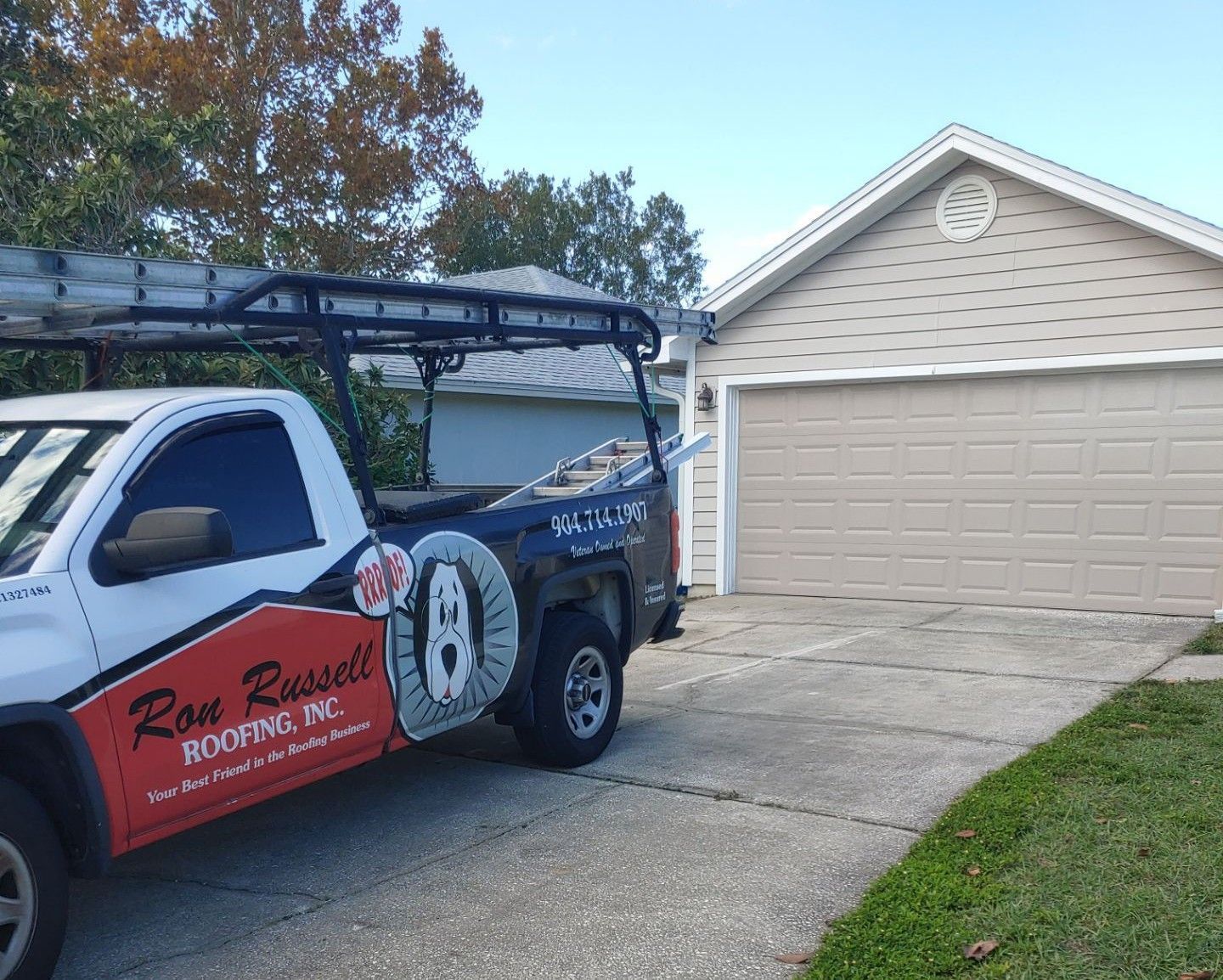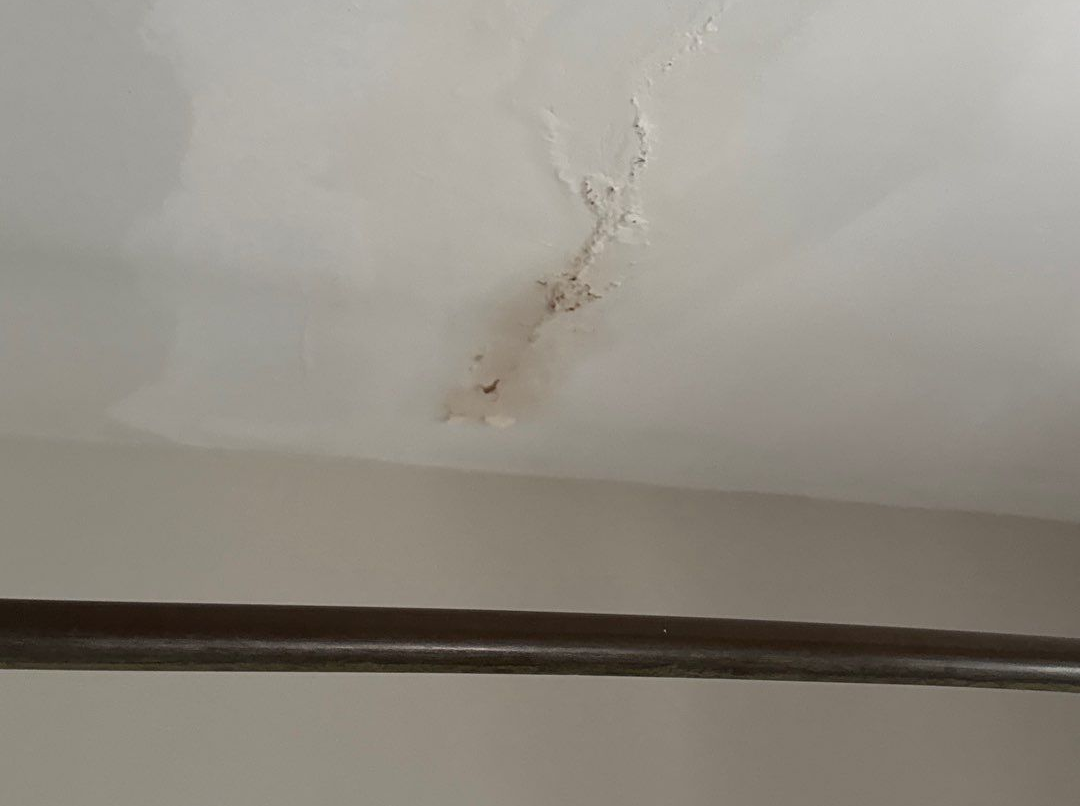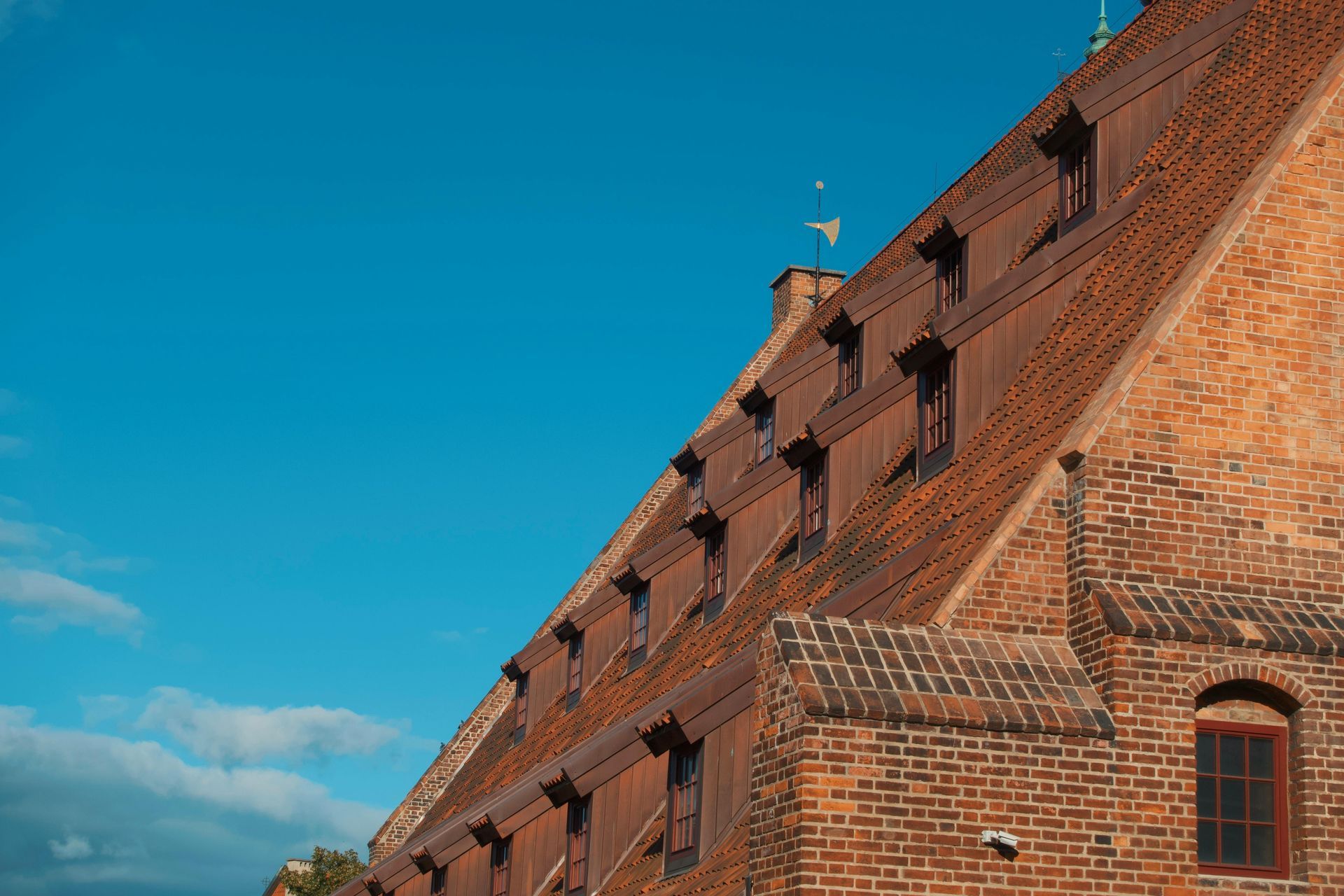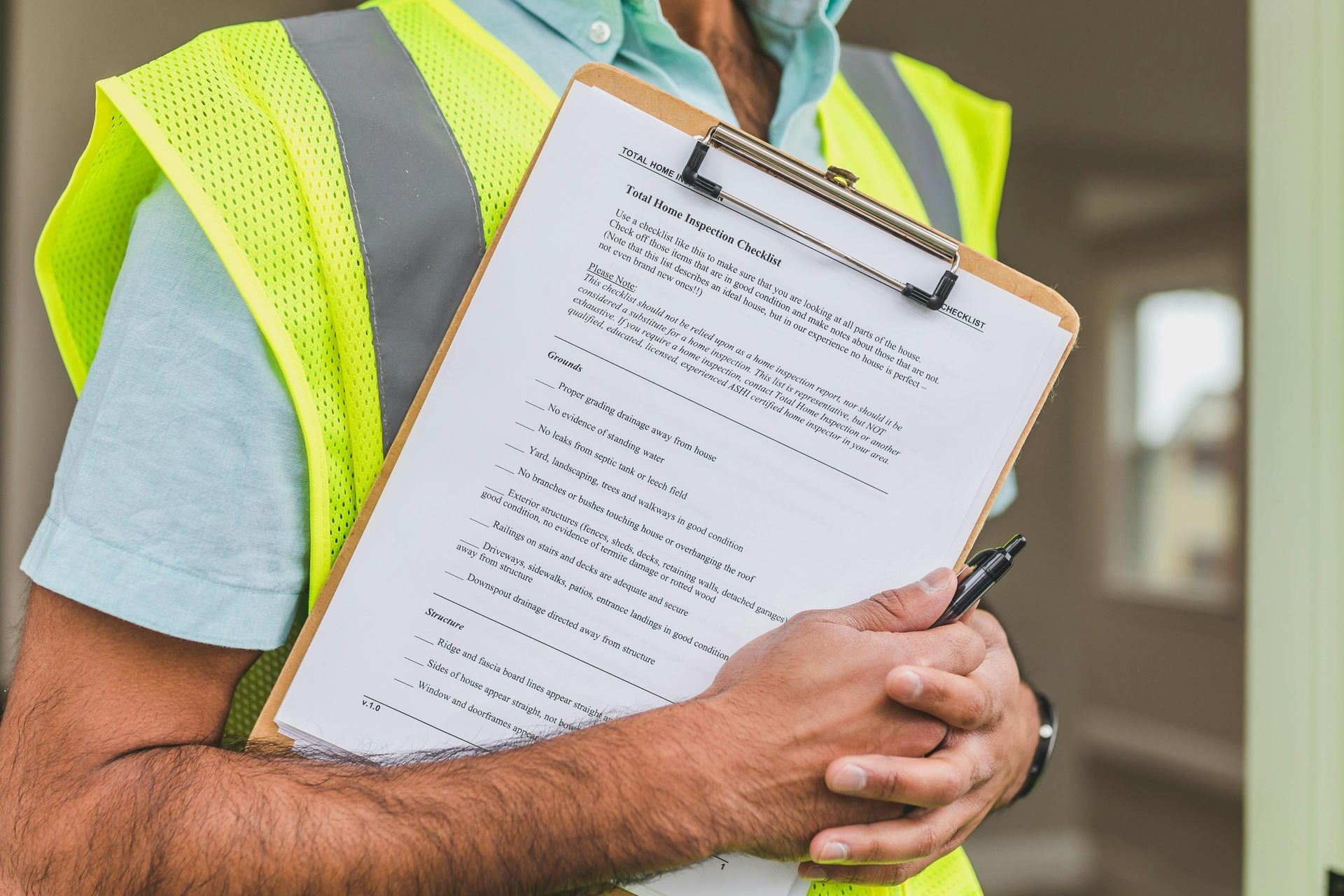How much should a new roof cost in Florida?
Budgeting for a new roof...
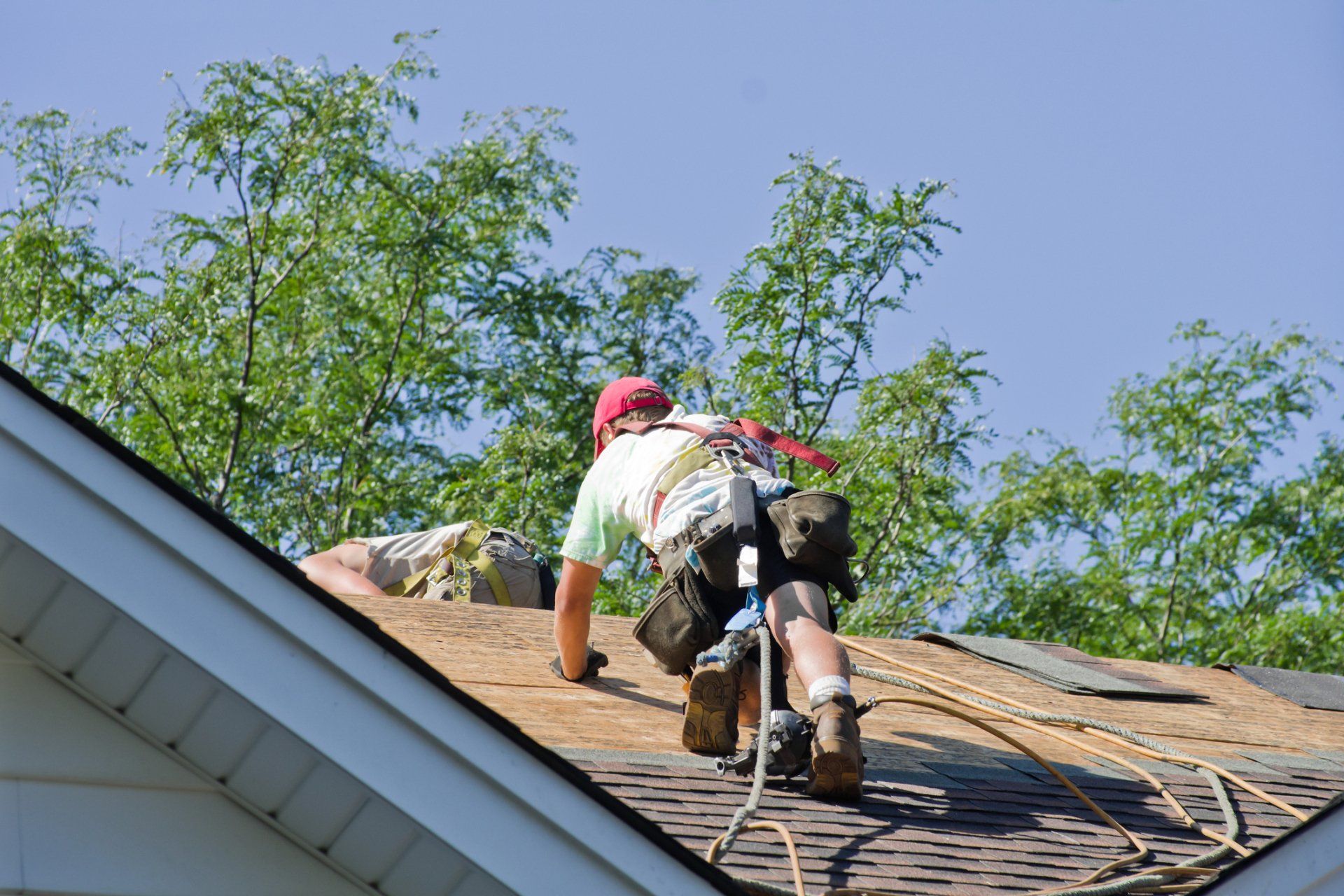
It’s that time of year, the rainy season, and you start noticing a water stain on your ceiling. So, you try and get it repaired. Then you get a letter from your insurance company that your roof is older than 15 years old and they want you to replace it or lose your coverage. Sound familiar? If you live in Florida and own a home or property it probably does. So, what is a new roof going to cost? Maybe cheaper than a trip to the grocery store but I will explain that part later...but first lets dive in.
On average a small simple roof could range between $6,000 and $10,000. A larger or more complex roof could run between $10,000 and $25,000.
Many factors can impact on the price of a new roof and need to be considered.
1) Roof Size & Design: obviously the size of the roof will adjust the price. The more material and labor needed to complete the job the more it will cost. The other part is the design of the roof. Some roof types like a hip and valley design have multiple intersections and have more ridge lines to cover vs an open gable design.
2) Demolition & Waste: New construction will cost less than a roof replacement. When a roofer starts a roof replacement it’s hard to see hidden damage like decking rot. Sometimes you can get an idea from soft spots when walking on the roof. Other times it can be well hidden. They will also have dump fees for disposing of the debris from the amount the demo.
3) Roofing Materials: There are many types of roofing materials to choose from. They all off their advantages and disadvantages. Popular roofing materials include asphalt shingles, metal, tile, modified bitumen and newcomer solar shingles. Solar shingles are typically the most expensive and three-tab asphalt shingles are the least expensive.
4) Accessories: The more special features needed to complete the roof the more it will cost. Accessories include things like attic fans, pipe vents, chimney flashing & skylights.
5) Market Conditions: Inflation can have a real impact on the price of a roof. Gas prices can impact not only shipping but the manufacturing of asphalt shingles because they are a petroleum-based product. Also, supply and demand may not only affect time of the install but prices of materials that must be factored in.
While all of this may seem overwhelming to homeowners, it doesn't have to be. We offer free estimates and roof assessments. We want our customers to understand what they are buying and know that they are getting a quality product and the best protection for their home. Some homeowners budget for home repairs and maintenance and some may need a new roof sooner (like when the neighbors tree falls on your house) than savings allow. We offer financing at competitive rates and payment options that can be cheaper than a trip to the grocery store!

